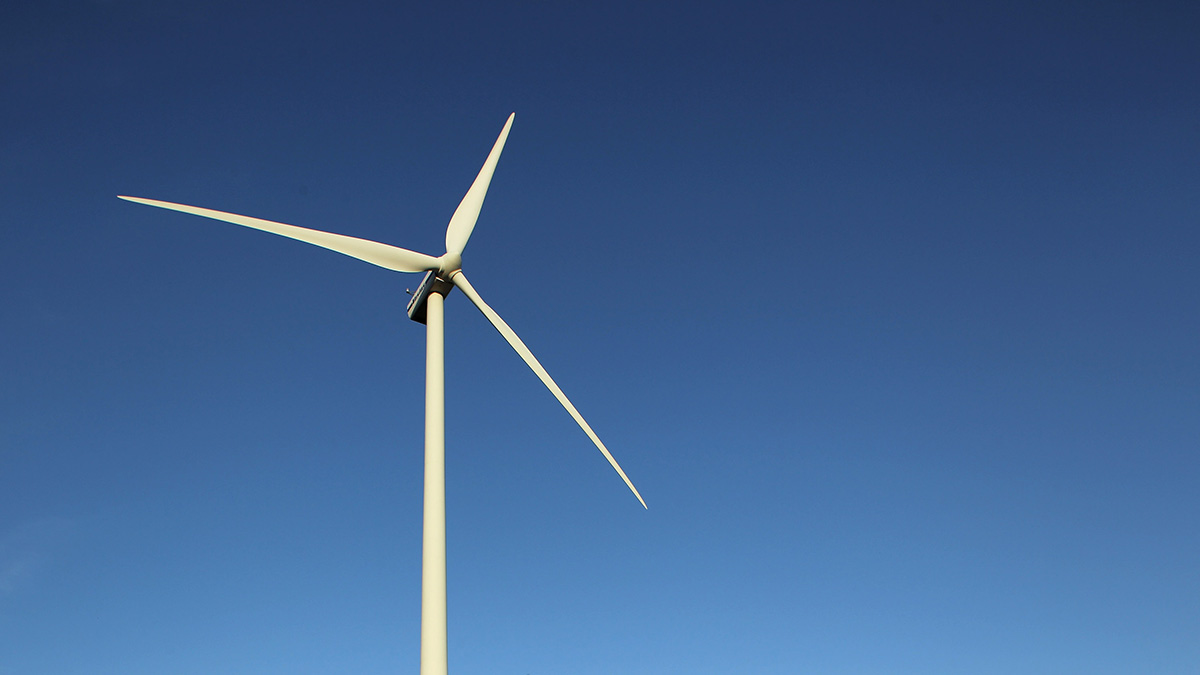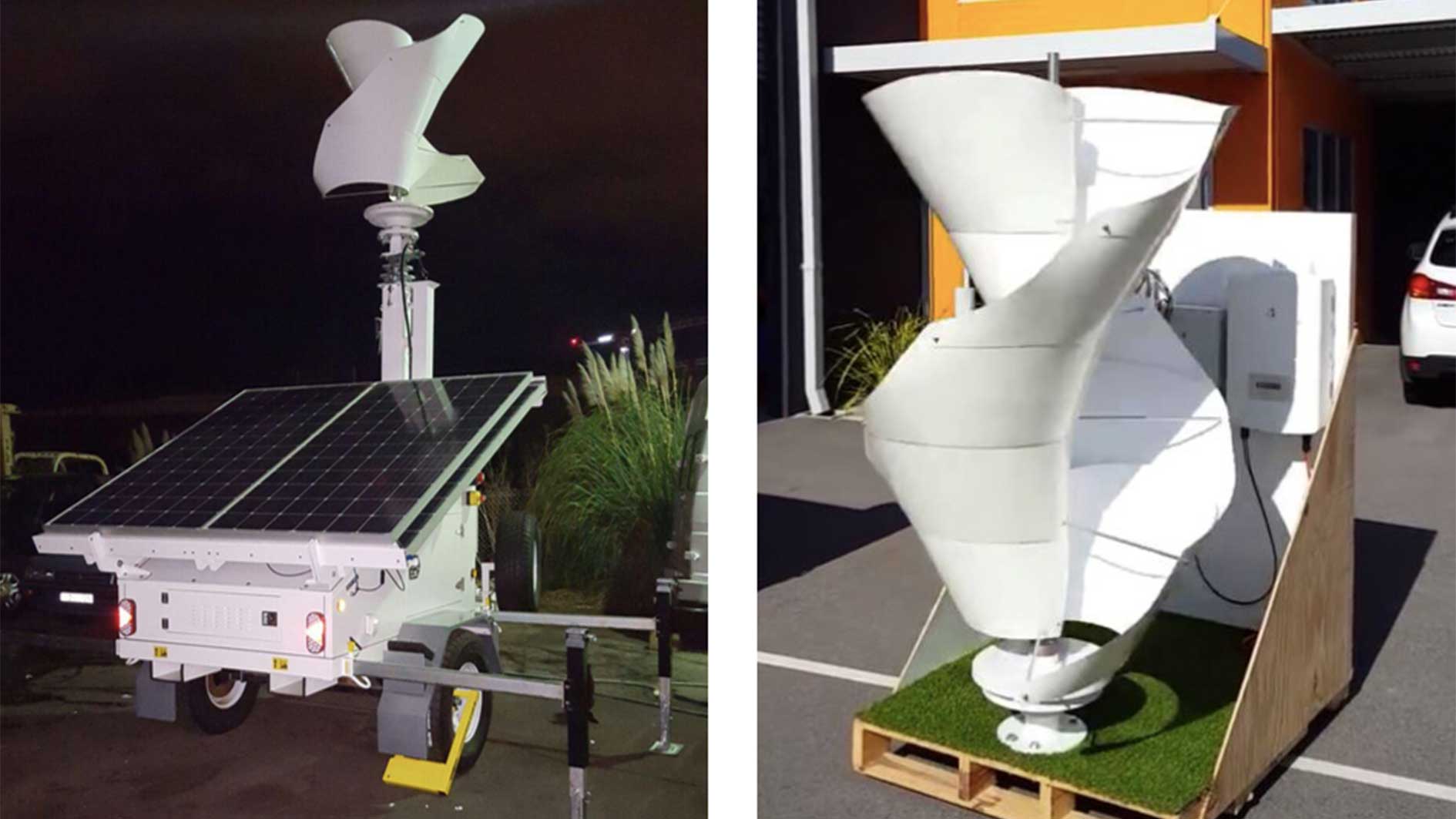Backyard wind turbine maker looks at reverse takeover of ASX shell

WindTurbine is hoping to list on the ASX through a reverse takeover of Axxis Technology Group (ASX:AYG).
Are residential wind turbines the answer for consumers hit by huge increases in energy prices?
In July, residents of NSW, ACT, South Australia and Queensland were hit by gas and electricity bill increases of 5 to 19 per cent.
One Australian company, WindTurbine Pty Ltd, thinks the answer lies with micro wind turbines for residential and commercial use.
WindTurbine plans to expand into key markets on the back of a public listing later this year.
Over the past two years, the company has developed a range of vertical micro wind turbine designs. Its flagship product is the HelicV6 small-scale wind vertical turbine.
The Western Australia-based company is in the process of a reverse takeover by ASX-listed shell Axxis Technology Group (ASX:AYG). The acquisition will see Axxis transition into the renewable energy sector.
In an interview with Stockhead, WindTurbine founder and CEO Josh Letcher said the company was developing 600-watt and 1000-watt models of the HelicV6.
“The 600 watt model is good for smaller power consumers – from a shed through to a small apartment – and has the potential to provide about 3,000 watts per day. The average apartment uses between 5000 to 10,000 units per day,” Mr Letcher said.
“The 1000-watt units are designed for small-to-large homes and commercial uses and will provide an estimated 5000 watts per day. The average Australian home uses 12,000 watts per day.”

WindTurbine’s HelicV6 product
The HelicV6 was designed to operate in low-wind conditions alongside solar panels.
“Both models are designed to work along with solar panels to provide power during the night and cloudy days when solar is not producing, this is a form of redundancy,” he said.
Environments requiring 24/7 lighting were a key market.
“These would include service stations, fast food and shopping centres which have 24/7 lighting requirements,” Mr Letcher said.
“Our wind turbines offer power production through the night and with our off-grid solution we can eliminate the lighting bills along with other night time power consumption.”
WindTurbine is also testing an off-grid pumping solution. The product is mostly for rural land owners to replace the existing windmills used for pumping water for stock, agriculture and residential use.

WindTurbine’s off-grid pumping system
The Western Australia-based company is in the process of a reverse takeover by ASX-listed shell Axxis Technology Group (ASX:AYG). The acquisition will see Axxis transition into the renewable energy sector.
The company is also finalising an off-grid power solution used to power sheds, workshops and lighting for businesses.
WindTurbine has also developed a portable trailer system which is designed to replace noisy fossil fuel generators that require costly transport and storage of fuel.
The market for wind power
WindTurbine believes there is a significant market for small-scale systems particularly among coastal energy consumers in Australia.
There are around 2.6 million small-scale renewable systems in nearly 15 per cent of Australian homes — including solar panels, wind turbines, hydro systems, solar water heaters an air-source heat pumps.
Renewables are already the fastest-growing source of electricity generation, with their share expected to grow from 23 per cent in 2015 to 28 per cent in 2021, according to the International Energy Agency.
China alone represents around 40 per cent of global renewable power use.
Chinese demand was mostly for off-grid systems, which WindTurbine was now focusing on, Mr Letcher said.
“We are currently collaborating with a couple of Chinese manufacturers who are producing about 2000 units per month,” he said.
“We will be one of the only companies outside of China with a product like ours on the market and from test marketing we have achieved a high level of potential demand.”
Mr Letcher said one of the reasons for going public was to allow the company to expand into multiple key markets.
“We have already set up some key partnerships in the Netherlands and have strong interest from Ireland, UK, and various Asian countries to name a few,” he said.
“Wind power is no longer classed as alternative energy in many countries. We plan to target markets that are already accepting of wind power or would like to reduce the amount of large wind turbines with our smaller and silent wind turbines.”
The deal
As part of the Reverse Take Over process, Axxis will raise at least $4 million at a minimum 5c per share with funds used to commercialise WindTurbine’s products.
The deal is subject to a due diligence period (expected to be completed by September 15), as well as Axxis shareholder approval of the transaction and ASX re-confirming re-compliance with listing rules.
WindTurbine expects to trade on the ASX by the end of the year.
This article does not constitute financial product advice. You should consider obtaining independent advice before making any financial decisions.
UNLOCK INSIGHTS
Discover the untold stories of emerging ASX stocks.
Daily news and expert analysis, it's free to subscribe.
By proceeding, you confirm you understand that we handle personal information in accordance with our Privacy Policy.








